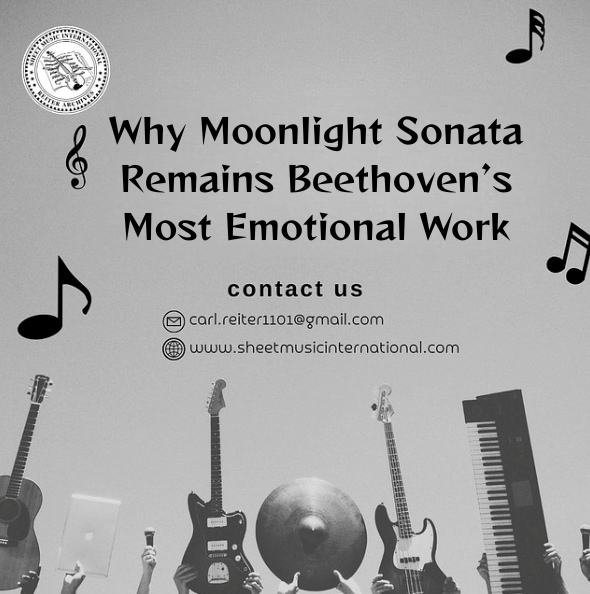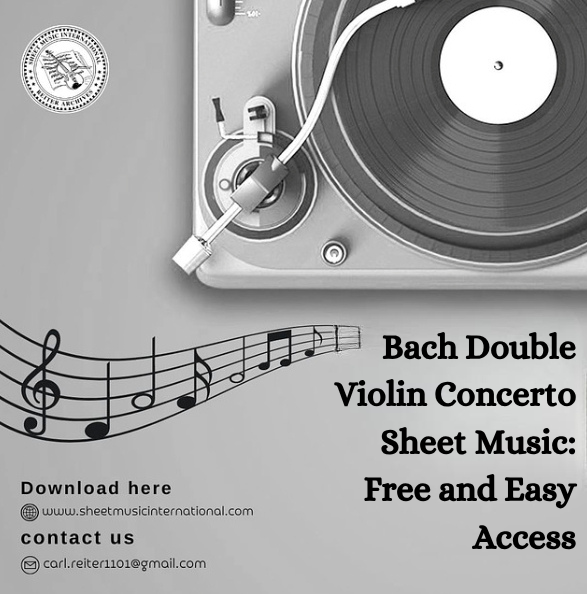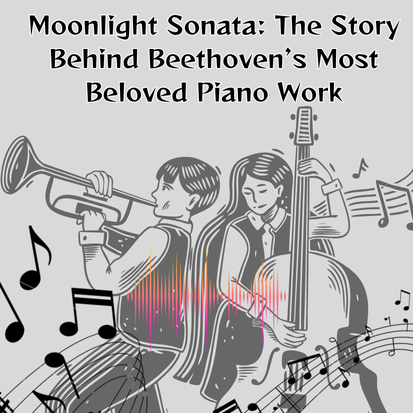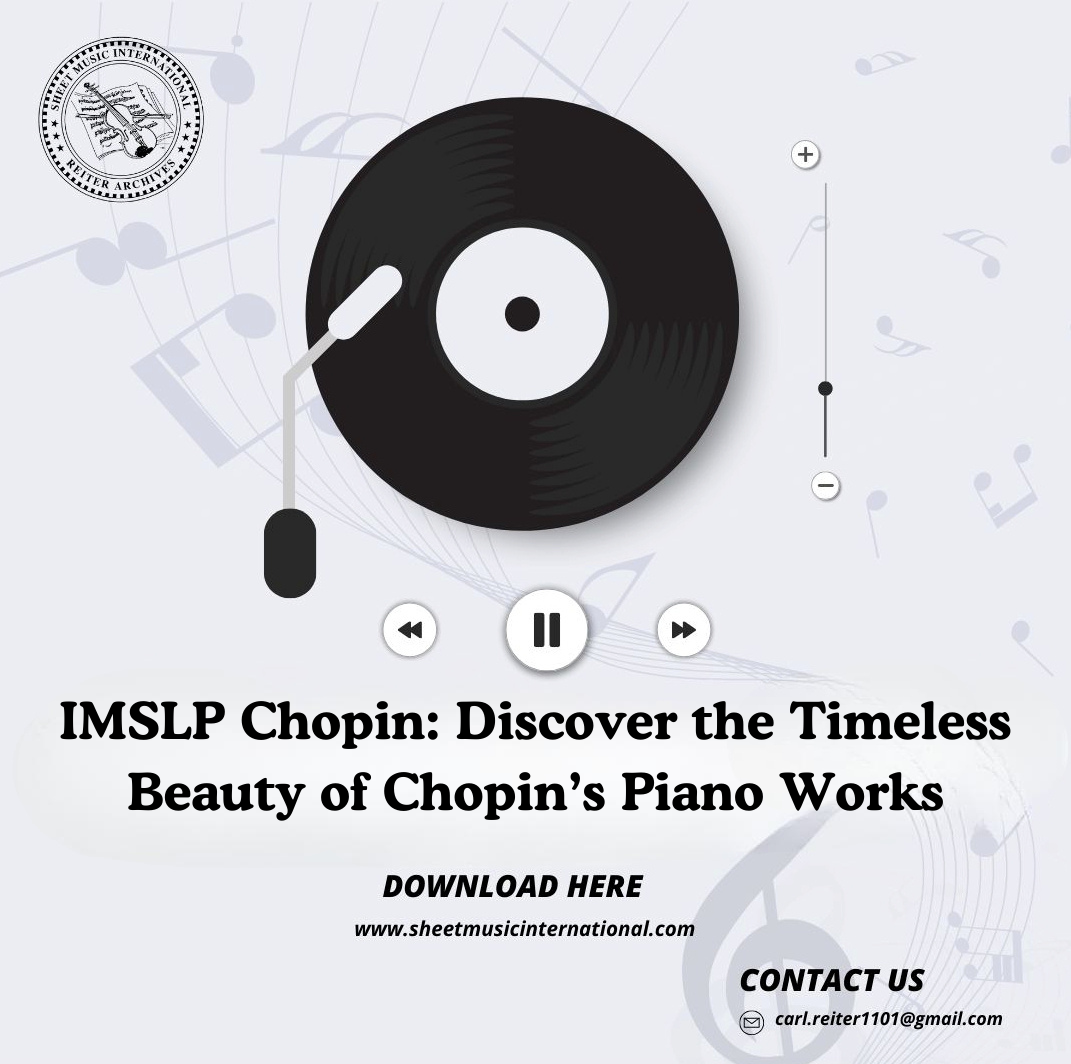
Your Request is under process, Please wait.


In classical music, few pieces are as universally recognized and deeply felt as Beethoven's Moonlight Sonata. This is one of the most emotive works ever written for piano. It has a haunting beauty in its opening movement, tender lyricism in its middle section, and the stormy passion in the finale. More than two centuries later, Moonlight Sonata still moves audiences and inspires pianists of every generation.
In classical music, few pieces are as universally recognized and deeply felt as Beethoven's Moonlight Sonata. This is one of the most emotive works ever written for piano. It has a haunting beauty in its opening movement, tender lyricism in its middle section, and the stormy passion in the finale. More than two centuries later, Moonlight Sonata still moves audiences and inspires pianists of every generation.
In this blog, we will discuss why this masterpiece still carries such timeless emotional power, what makes its music so unique, and how you can experience it yourself with clear, authentic piano notes and classical piano sheet music available at Sheet Music International.
Moonlight Sonata, officially titled Piano Sonata No. 14 in C-sharp minor, Op. 27 No. 2, was composed in 1801, during one of the most tumultuous times in Beethoven's life. The composer was beginning to lose his hearing, and the weight of that realization found its way into his music.
Moonlight Sonata, unlike many of Beethoven's compositions, does not follow a traditional sonata (fast-slow-fast) format. In fact, Beethoven did the opposite, presenting a slow, inward-looking first movement that took the listener directly into a world of quiet sadness and reflection from the very first notes. But more than a compositional experiment, it was a look inside his thoughts and feelings.
Many scholars might have observed that Moonlight Sonata could be about unexpressed feelings of love and despair, probably stirred by Beethoven's student and muse Countess Giulietta Guicciardi, to whom the piece is dedicated. Regardless of whether this love story is true or not, the emotional weight in the music is real.
The first movement, called Adagio sostenuto, is the heart of Moonlight Sonata. Its slow and steady triplet rhythm creates the sensation of gentle waves or a beating heart. The right hand has a delicate melody that floats above the accompaniment and gives a sense of timeless melancholy.
Even a novice pianist playing a simplified or easy classical piano sheet music version will still hear and feel the depth of emotion Beethoven placed into each note. The restraint in dynamics and tempo gives the performer an emphasis on touch, tone, and phrasing. There are no grand gestures here, just pure, unadulterated emotion.
The piano’s sustaining pedal throughout the majority of the piece creates a haze of dream-states, while harmonies shimmer across the piano soundboard like moonlight on water. This atmospheric sound is part of what earned Beethoven's piano sonata its nickname, “Moonlight Sonata,” long after his passing.
The second movement, marked Allegretto, is a brief moment of importance after the deep contemplation and sadness found in the first movement. It gives listeners a small breath of relief with a playful dance in D-flat major.
Although this movement only lasts for a few minutes, it symbolizes hope and gentleness. It is often compared to a fragile smile breaking through tears. Pianists who practice this movement often find it technically easier, and it's a favorite among students using piano notes to improve phrasing and control.
This middle section is an emotional bridge that takes the listener from the quiet sadness at the opening to the fiery energy that follows.
If the first movement is quiet sorrow, the final one, Presto agitato, cries out in anguish. This explosive finale is where Beethoven really shines with his mastery of contrast. The music surges ahead with relentless energy, filled with rapid arpeggios, bold chords, and storm-like intensity.
This is where Beethoven lets go of his restraint: where the emotions that were kept inside in the first two movements now erupt in full force. The result is thrilling, tragic, and cathartic all at once.
This movement requires advanced techniques and emotional stamina from the player; even in the simplified sheet music version, players can sense the passionate struggle in each measure. It's Beethoven at his most vulnerable and powerful: an artist confronting fate through music.
At Sheet Music International, you can explore Moonlight Sonata in various editions, from original full scores to simplified classical piano sheet music easy versions for learners. The editions have been designed with clarity, accuracy, and authenticity in mind so that musicians can focus on their interpretation rather than fight through poor formatting or outdated notations.
Whether you want to master the entire sonata or just experience the meditative beauty of its first movement, our library of classical works lets you connect with Beethoven's genius in a personal way.
Explore our collection today and let the timeless beauty of Moonlight Sonata inspire your next performance.









